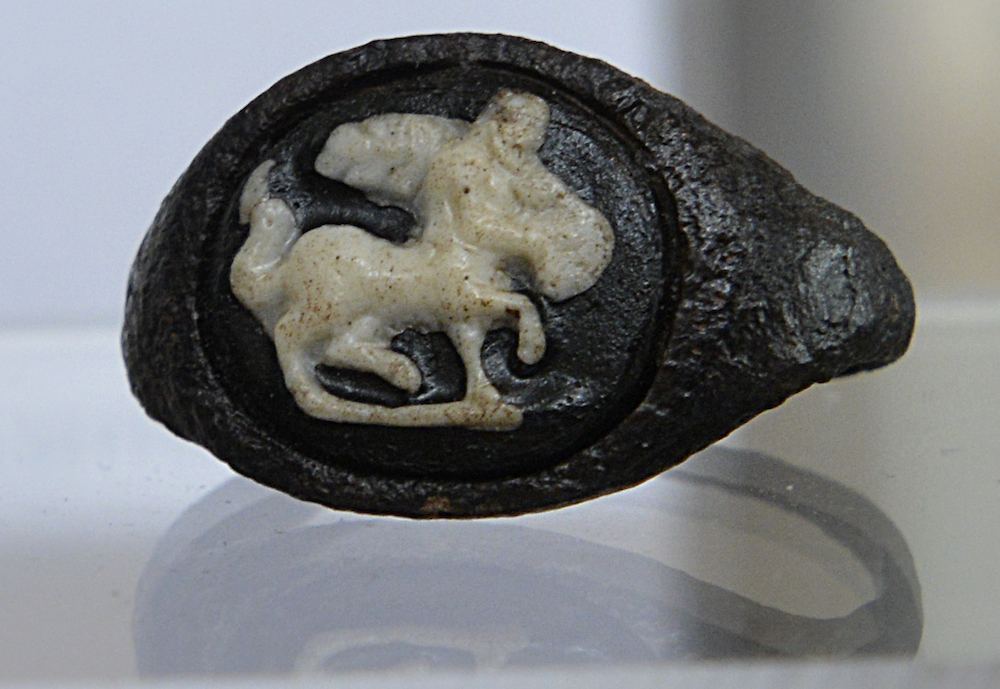Today, the serene waters of Lake Nemi make it a quaint getaway, one that is best known for its peaceful landscapes and the area's delicious wild strawberries.
But in ancient Roman times, the volcanic lake southeast of Rome was the anchor point for Emperor Caligula's pleasure ships - massive and ornate barges that were rumored to be the sites of wild orgies and other excessive indulgences.
For nearly 2,000 years, the sunken remains of Caligula's pleasure ships tantalized divers, who launched expeditions to recover them, with little success.
It wasn't until 1927, when Italian dictator Benito Mussolini ordered Lake Nemi drained, that two of the ships began to be fully revealed. Measuring 230 and 240 feet long, the "Nemi ships" recovered over the next several years astounded researchers with their advanced technology.
Read the rest of this article...




